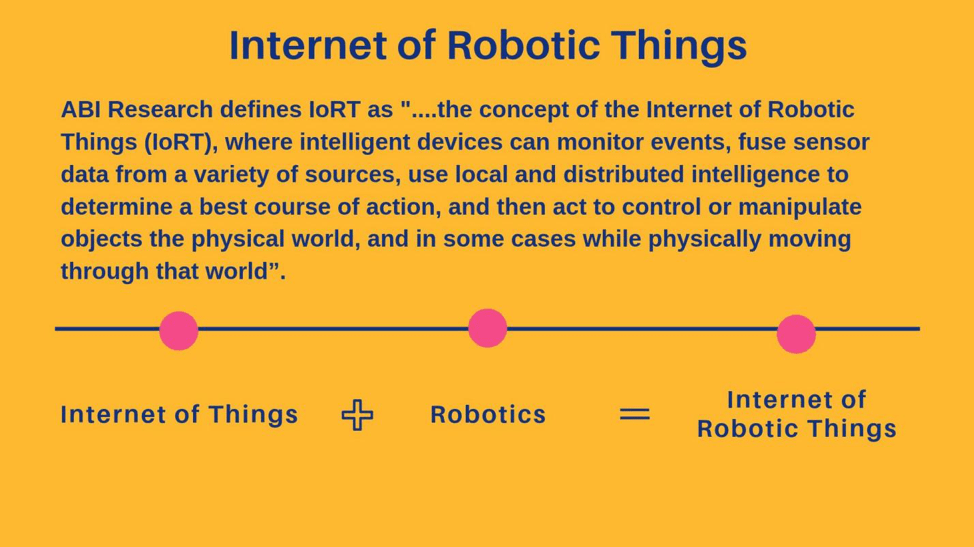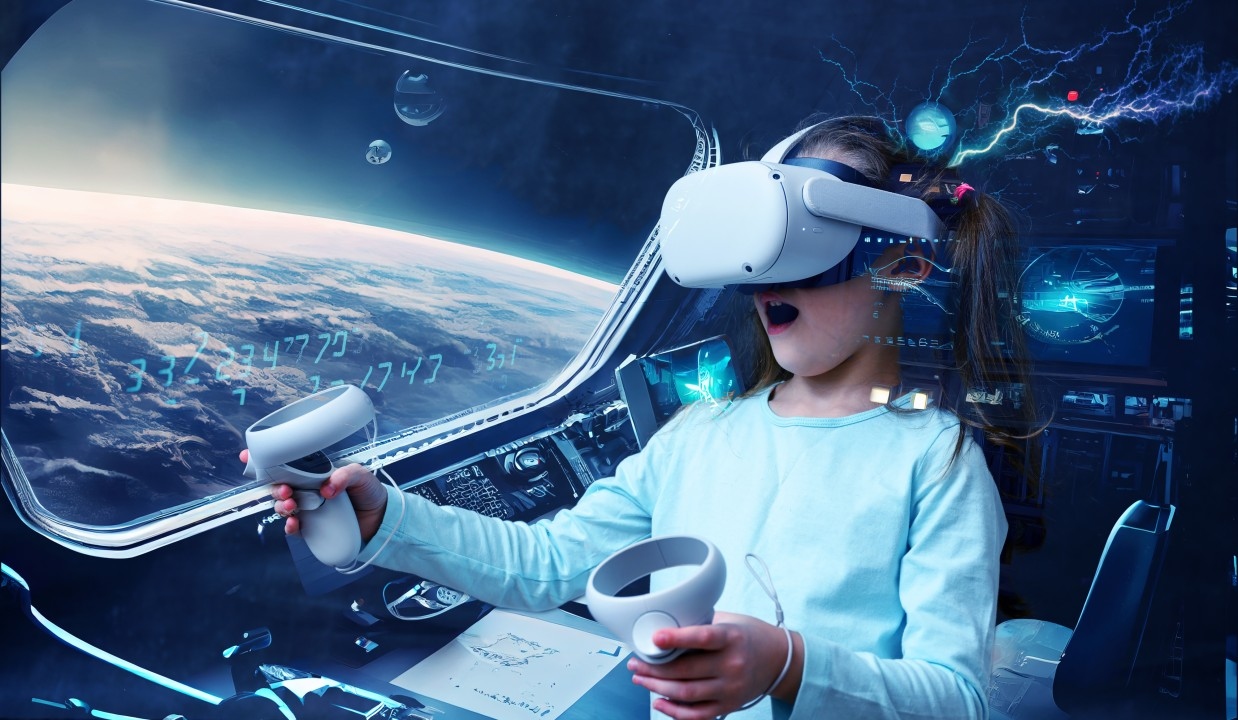
What is the Internet of Robotic Things all about?
Internet of robotic things, the confluence of the internet of things and robotics, is a concept where autonomous machines gather data from multiple sensors (embedded and sourced) and communicate with each other to perform tasks involving critical thinking.
As the name implies, internet of robotic things is the amalgamation of two cutting-edge technologies, the internet of things and robotics. The vision behind this concept is to empower a robot with intelligence to execute critical tasks by itself. To comprehend this technology better, let’s first break it down to its components. The internet of things brings gives a digital heartbeat to physical objects. And robotics is a branch of computer science and engineering that deals with machines that can work autonomously. And what actually happens when these two technologies unite? Internet of robotic things is a concept where IoT data helps machines interact with each other and take required actions. In simpler words, it refers to robots that communicate with other robots and take appropriate decisions on their own. Pervasive sensors, cameras, and actuators embedded in the surroundings and also self-help robots collect information in real-time.
The importance of the the Internet of Robotic Things

With the ability to get information from various sources and react accordingly, robots perform necessary functions without requiring human intervention. As a result, processes get streamlined and optimized. Consequently, businesses can seamlessly achieve work accuracy, productivity goals, and revenue benefits.
Internet of Robotic Things: The Use Cases
Internet of robotic things can be the perfect choice for industries that deal with heavy duty work or repetitive manual jobs. Let's check out a few potential use cases through which industries can benefit from this newly emerged concept.- Robots at warehouses can inspect product quality, check for product damages, and also help with put-aways. Without humans playing any role, robots can analyze the surroundings with the IoT data and respond to situations as needed.
- A robot can effectively play the role of a guidance officer and help customers with parking space availability. By checking the parking lots, robots can assist customers with the right place to park their vehicles.
- Robots can automate the labor-intensive and life-threatening jobs at a construction site. Right from scaffolding to loading and unloading heavy construction equipment, robots can take care of every on-site task responsibly. With the help of intelligent robots, construction engineers and managers can ensure enhanced worker health and safety.
Trending
-
1 How Does SaaS Differ From IaaS And PaaS?
Fabrice Beaux -
2 Single Page Applications vs Multi-Page Applications
Fabrice Beaux -
3 Top 7 Effective Strategies for Multi-Language Website Development
Fabrice Beaux -
4 Boost Engagement to Infinity and Beyond: Unleashing AI-Driven Support
Anas Bouargane -
5 The Cheapest And Most Beautiful Stickers in CS2
Daniel Hall





Comments